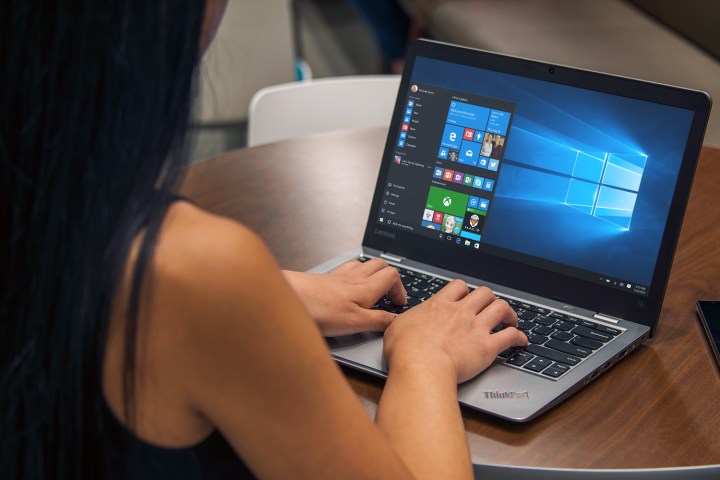
The updated Outlook Mail and Calendar apps now reside at version 17.7466.4062x.0. The Outlook Mail app provides a few interesting new features such as @mentions, which allows users to pick a specific person to address when composing an email by typing the @ symbol anywhere within the main body. Additionally, email messages can now be opened in a new window, and Quick Actions can be used directly from new email notifications.
As for the context awareness in Narrator, this service will notify users about different groups or other areas as they navigate through Windows 10 and its apps/programs. If you’ve never used Microsoft’s screen reader, just imagine using a desktop with your eyes closed and someone telling you what you’re always doing and typing. With context awareness, users can now perform the following:
- ALT + Caps Lock + / — Configure the amount of context by cycling through the options
- CTRL + Caps Lock + / –Change when context is read before or after the item of focus
- Caps Lock + D twice — Check the context at any point
In addition to adding context awareness, Microsoft made several fixes to the Narrator service as well. For starters, there’s a new key command for reading the active window title of the application in use, which is Caps Lock + /. Narrator also now does a better job recognizing edit boxes on web pages when Scan Mode is activated, and a better job at figuring out when interrupting continuous reading is appropriate. Continuous reading also should no longer stop unnecessarily.
Another big chunk of Microsoft’s list of fixes for Windows 10 on PC focus on the precision touchpad. The team resolved an issue where precision touchpad wasn’t accurately classifying presses when one finger is used for “mousing” and another is pressing on the pad. Other resolved issues include the removal of the four-finger gesture graphic on PCs that only support three inputs, and an issue relating to the horizontal scrolling feature in Paint.NET.
One of the known issues for PC stems from the use of third-party antivirus products. Insiders trying to upgrade to the latest build with a third-party solution installed may not be able to complete the update and roll back to the previous build. That sounds like a rather hairy situation in addition to the fact that Insiders can’t stay on one specific build forever. The solution seems to include uninstalling the antivirus software and relying on Windows Defender for now.
“Just a reminder that we are planning to kick off our next bugbash starting on Tuesday, November 8, and finishing at the end of the day on Sunday, November 13,” Windows Inside program lead Dona Sarkar reported. “I’ll have more details in the coming weeks. Looking forward to seeing a lot of participation from Insiders! If you have ideas on what Quests you will like to see for the Bug Bash, let us know!”
To see the full list of changes, improvements, and known issues for both platforms, head here.
Editors' Recommendations
- The next big Windows 11 update has a new hardware requirement
- Microsoft plans to charge for Windows 10 updates in the future
- The best Windows apps for 2023
- This new Windows 11 feature is a great addition for PC gamers
- Microsoft Build 2023: the biggest announcements in AI, Windows, and more


